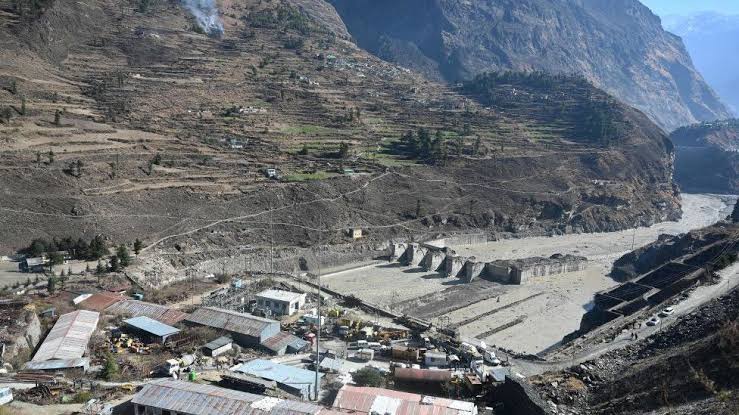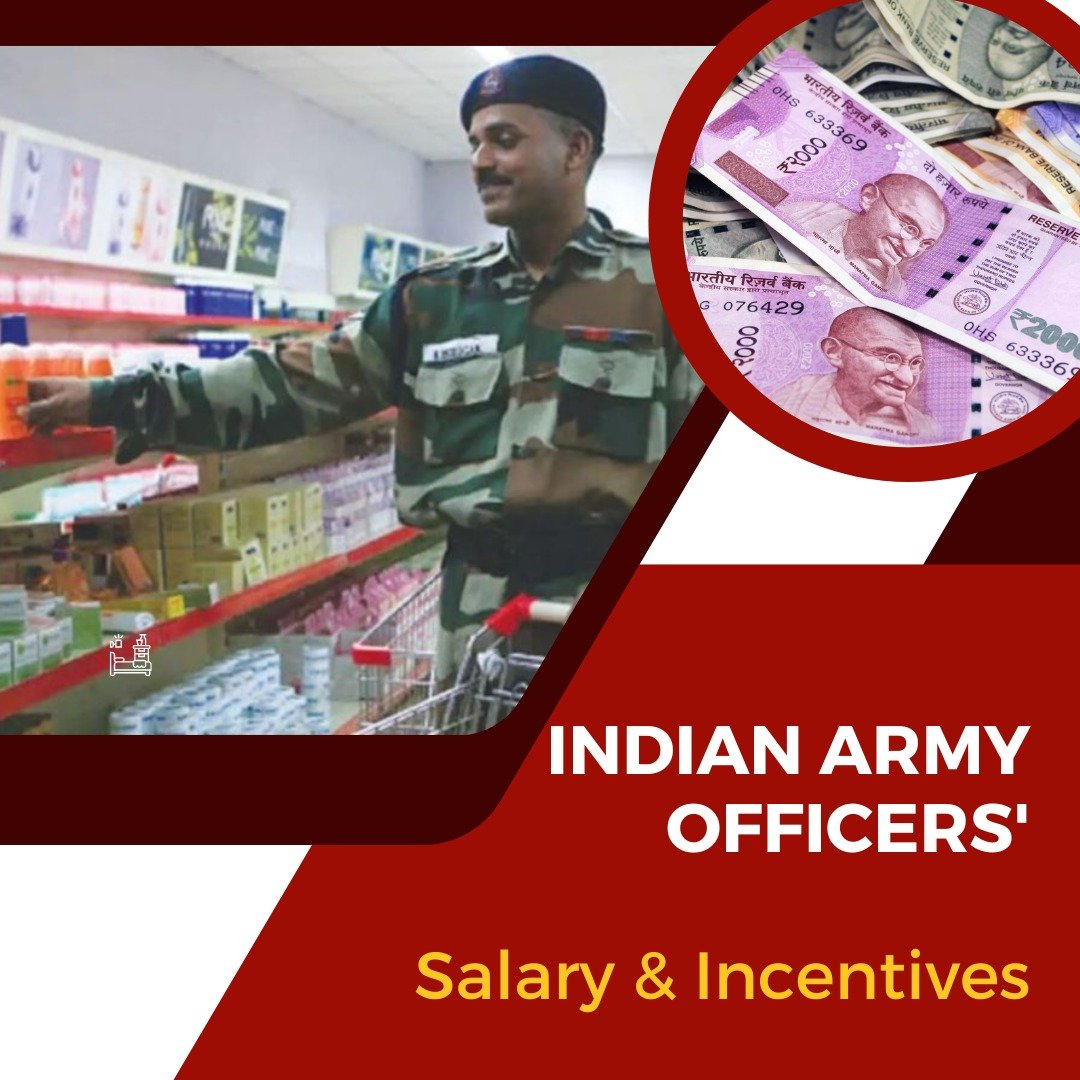
Robust construction activity in the #Himalayan region by #India including building infrastructure across the #Himalayan region can significantly increase hazards and risks of natural disasters.
#ClimateChange #ClimateEmergency
[1]
#ClimateChange #ClimateEmergency
[1]

Construction of dams, airstrips, highways, railway tracks, and buildings, and drilling of tunnels, including military activity, in this hazard-prone area, can be taken as a result of #India's geopolitical competition and rivalry.
[2]
[2]

With that, global warming is further destabilizing the ecologically fragile #Himalayan region as rising temperatures continue to melt glaciers and permafrost (permanently frozen land), having a disastrous impact on the region at large.
[3]
[3]
A report published last year in The Cryosphere journal noted that the region has experienced a series of high-magnitude ice-rock avalanches, glacier detachments, and glacial lake outburst floods in recent decades.
[4]
[4]
India should take stock of such construction activities in the Himalayan region, which is rising risks of climate hazards resultantly increasing vulnerability in the region. The Himalayan region can't afford environmental disasters.
[5]
[5]
• • •
Missing some Tweet in this thread? You can try to
force a refresh













